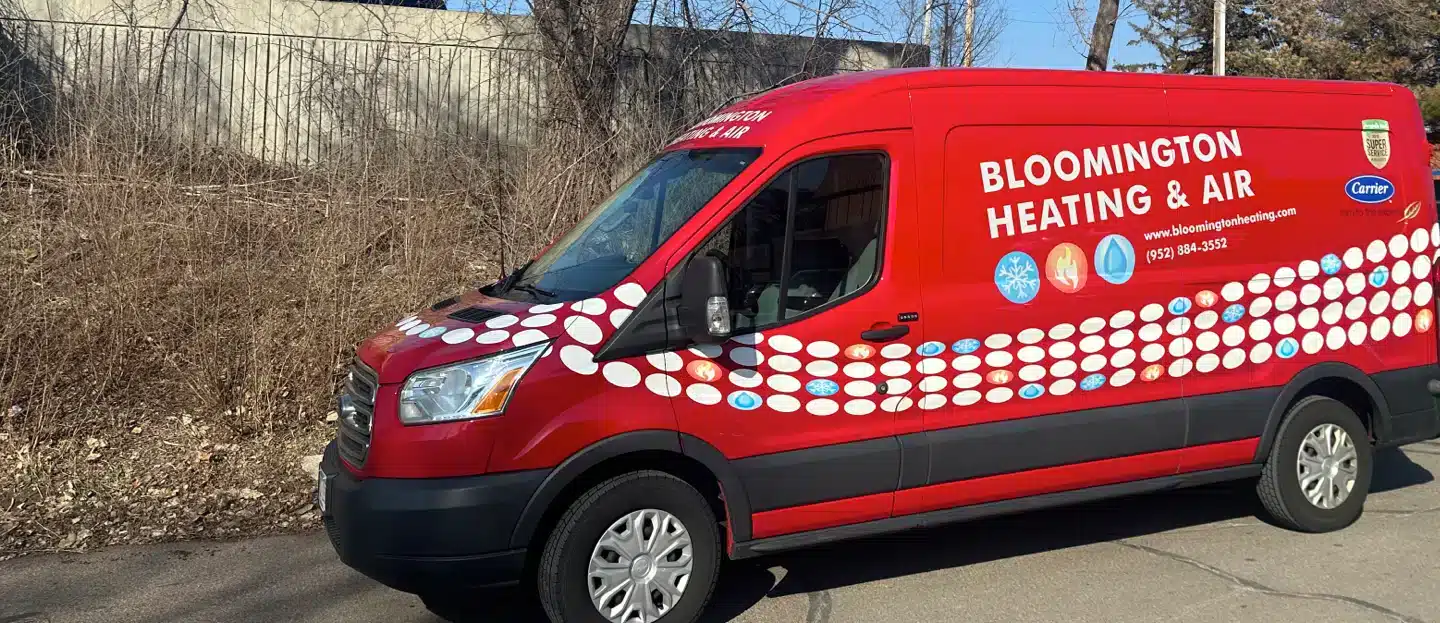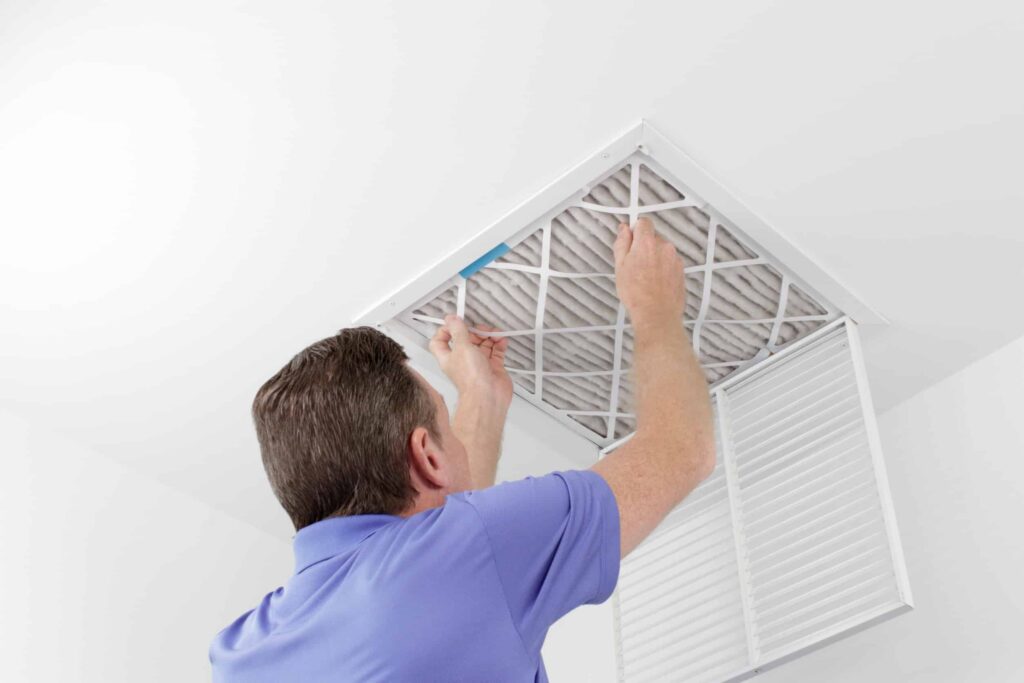3 Signs You Need a New Furnace In Bloomington, MN
Trustworthy Team, Locally Owned

24/7 Emergency Phone Line
Family Owned & Operated
Licensed, Bonded & Insured
Unless their heater isn’t working, many people never seriously consider the need for a new furnace. But there are other reasons to upgrade your heater other than a system failure. Not least of these is that you may be dirtying your home or squandering money on wasteful heating practices. Bloomington Heating & Air brings you a list of the top three signs a furnace is ready for an upgrade. If any of these apply to you, contact our HVAC repair company about heating products, installations, and more!
1. Your Home Is Too Dusty
Try as you might clean your home, if the dust bunnies keep coming back, the cause may be a dirty filter. Filters have several jobs. First, they regulate airflow and keep an HVAC system at its peak efficiency. Next, they block dust and debris from interfering with the unit’s inner components. Lastly, filters improve indoor air quality by trapping pollen and other allergens. But filters need to be replaced every few months, otherwise, a furnace may suffer undue wear and tear, and old filters are the cause of a majority of heating repairs.
A dirty filter puts stress on the internal components of a heater, which may result in a loose fan belt, blown fuse, or similar malfunction. Although these problems are fixable, the repairs are usually more expensive than preventative maintenance. On the other hand, if left unchanged for a really long time, a dirty filter could create more substantial problems that lead to a systemic breakdown. Therefore, when you spot persistent dust in the home, take it as a sign of a dirty filter. The next step should be to contact professional HVAC technicians for heating services, such as maintenance, repairs, or furnace replacement.

2. Energy Costs Are Higher
The furnace in your home likely consumes more energy than any other appliance, so it should be a priority to make your heater as energy-efficient as possible. Planned maintenance is the surest way to keep utility bills low, and services you receive help keep dirty filters and other components from making the unit work harder.
The principal indicator of your furnace’s efficiency is the energy bill. A spike in utility costs without a price rise by the energy provider often results because a heater is dirty or malfunctioning. Monitor your energy bills month-to-month and compare the prices to the frequency with which you run the furnace. For example, a heater in need of maintenance may cost as much to operate for one hour as a well-maintained furnace would for two or three hours. It’s likely our technicians can make your furnace more energy-efficient through maintenance. Although, it’s also possible the most cost-effective solution is to upgrade to a new system.
3. Furnace Is 15+ Years Old
Routine maintenance allows a furnace to run at its peak level of performance, but heaters also lose efficiency with age and use. A furnace has an average lifespan of 15–20 years. Yet the rate of innovation in HVAC technologies is fast, as newer models of heaters consume far less energy than units from even five years before. Consequently, the point at which it makes sense to upgrade to a new heater is different for every household.
